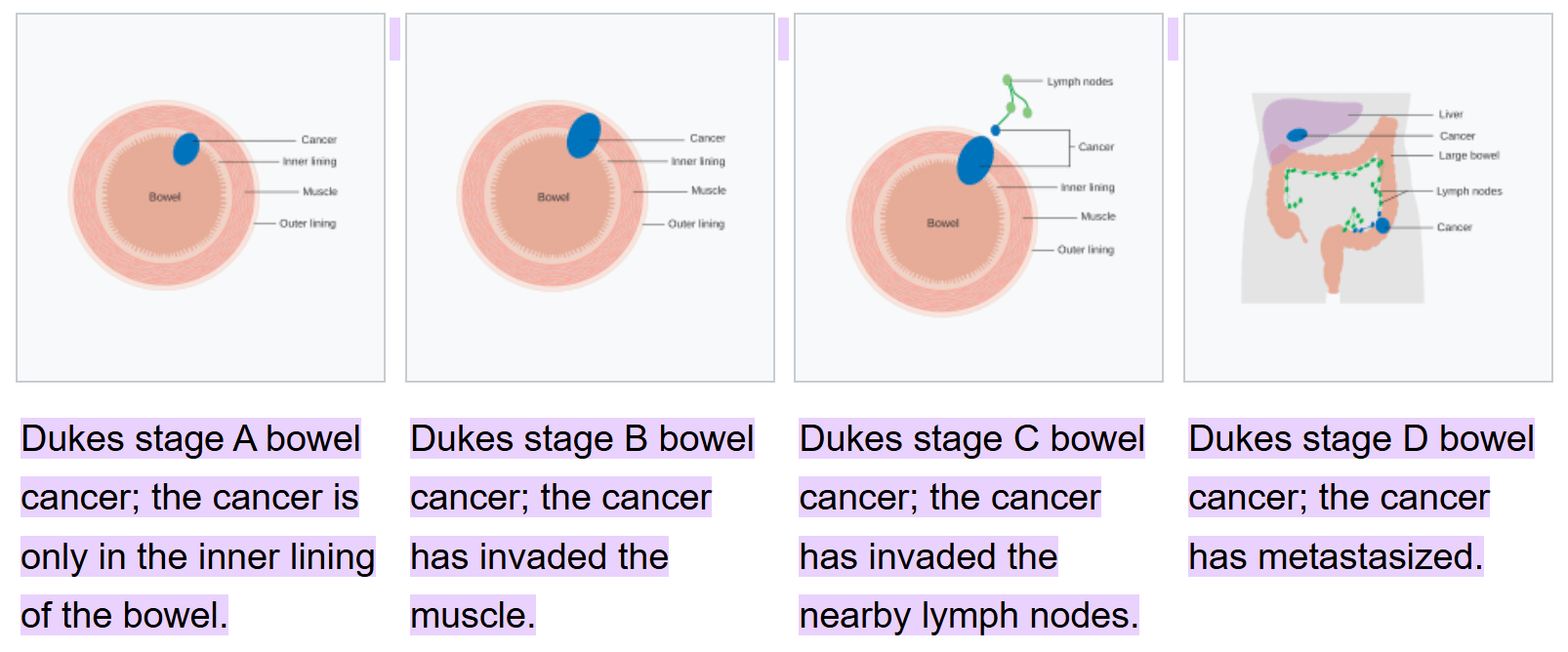TNM stage Duke’s stage Description 5 yr survival Surgery Chemotherapy Radiotherapy 0 – Tis, N0, M0 Limited to mucosa >95% Local excision/polypectomy → Surveillance No No Mnemonic I – T1-2, N0, M0 A A-Ok limited to bowel wall only 90% Wide surgical resection + Anastomosis No No II – T3-4,…
Tag: Gastrointestinal system
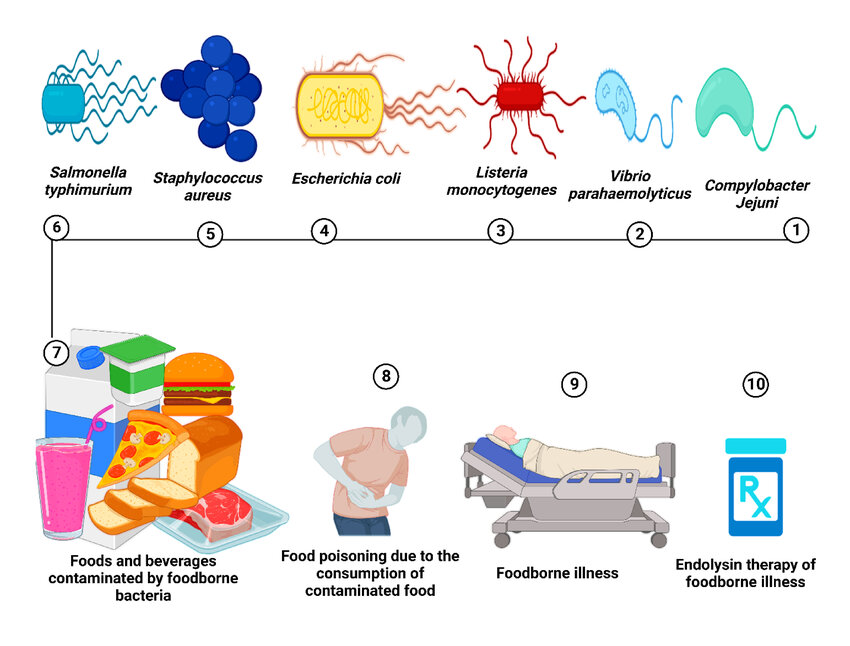
Bacterial Food Poisoning
Mnemonic: AB-BC-CES Bacteria Vomiting Diarrhea Fever Food source Duration 1-6 hrs (Preformed toxins) Aureus (S. aureus) +++ +/- +/- Meats, dairy, bakery 24-48 hrs B. Cereus +++ +/- – Reheated fried rice 24 hrs 8-16 hrs B. Cereus (diarrheal toxin) +/- +++ – Meats, stews, gravy 24-48 hrs C. Perfringes…
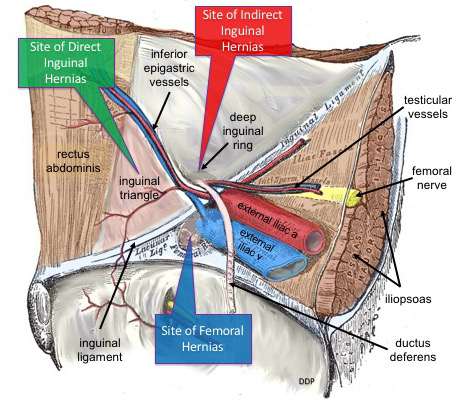
Inguinal Canal : Mnemonics
Walls of Inguinal Canal Mnemonic: SALP 2 X MALT Starting from superior, moving counterclockwise in order to posterior: 1. Superior (Roof): 2 Muscles (Internal oblique, Transverse abdominus) 2. Anterior: 2 Aponeuroses (External abdominal oblique, Internal abdominal oblique) 3. Lower (Floor): 2 Ligaments (Lacunar and Inguinal) 4. Posterior: 2 T‘s (conjoint…
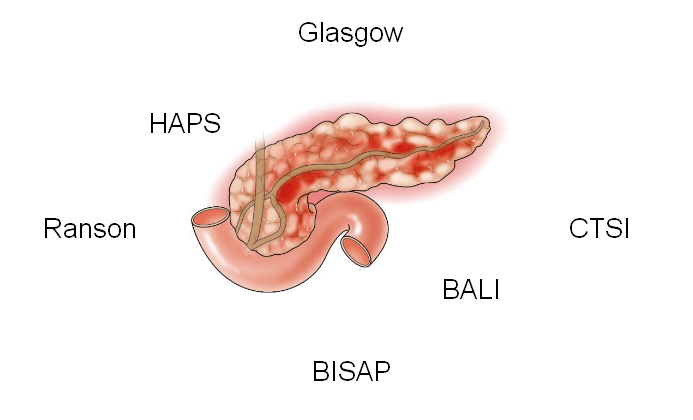
Severity Scores for Acute Pancreatitis : Mnemonics
Modified Glasgow-Imrie Score Severe pancreatitis likely: 3 or more of the following within 48 hours of symptom onset Mnemonic: PANCREAS Mnemonic Criteria Positive when P PaO2 <60 mmHg A Age >55 years N Neutrophils (WBC) >15,000/cu.mm C Calcium <2 mmol/l R RFT (Urea) >16 mmol/l E Enzyme (LDH/AST) LDH >600…
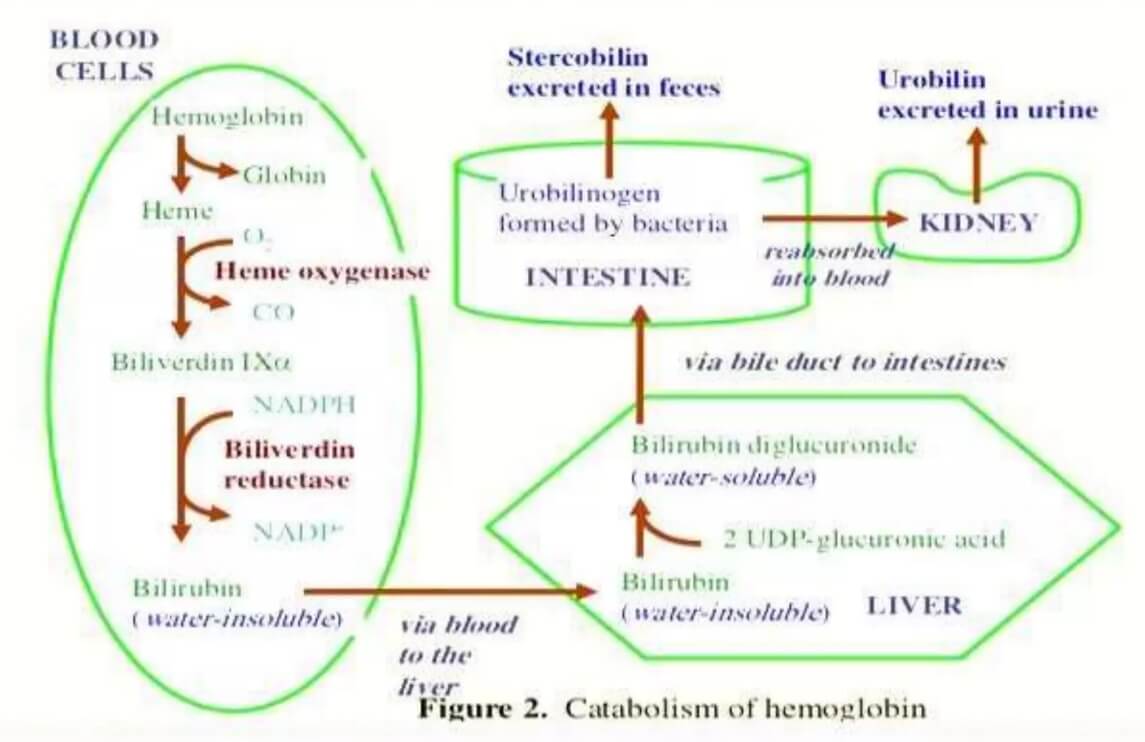
Bilirubin Metabolism and Disorders
Bilirubin Metabolism Mnemonic: ABCDE 1. Aged RBCs (80-85%) 2. Breakdown to Biliverdin and Bilirubin (in reticuloendothelial system) 3. Circulation 4. Delivery to liver (Conjugation) 5. Excretion and Enterohepatic circulation Unconjugated Vs Conjugated Bilirubin Unconjugated bilirubin Conjugated bilirubin Van den Bergh reaction Indirect Direct Solubility Water insoluble; Lipid soluble Water soluble;…
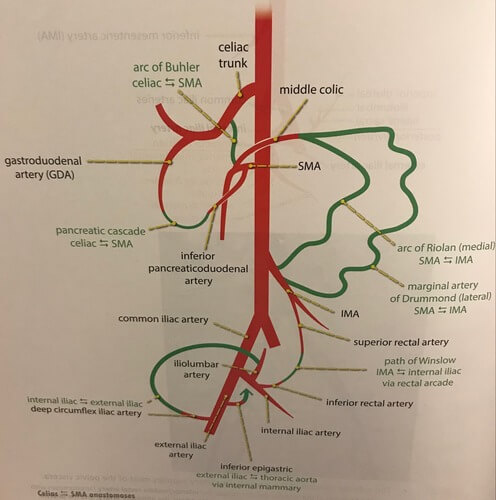
Branches of Celiac trunk, Superior and Inferior mesenteric arteries and veins
Celiac trunk (T12) Mnemonic: LHS (Left Hand Side) Supplies Foregut (Upto opening of bile duct in 2nd part of duodenum) 1. Left gastric artery 2. Hepatic artery (common) 3. Splenic artery Superior Mesenteric Artery (L1) Mnemonic: IMRIS Supplies Midgut (Upto proximal 2/3 of transverse colon) 1. Inferior pancreaticoduodenal artery 2….
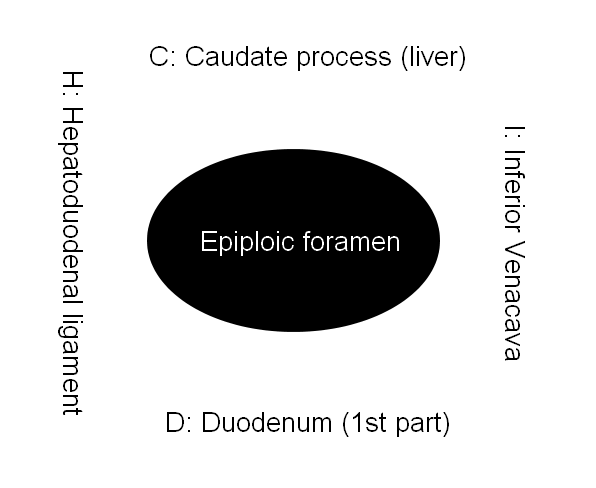
Epiploic foramen of Winslow : Mnemonic
Epiploic foramen is a vertical opening through which lesser sac (omental bursa) communicates with the greater sac (peritoneal cavity proper). It is at the level of T12 vertebra. Boundaries Mnemonic: Epiploic foramen is located between CD and HI. Superior: Caudate process of liver Inferior: Duodenum (1st part) Anterior: Hepatoduodenal ligament…
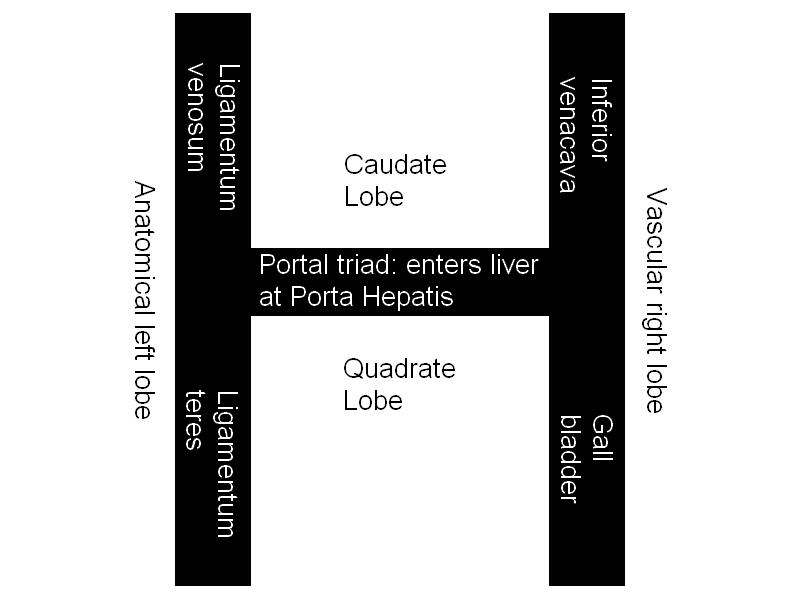
Liver Anatomy : Mnemonics
Ligaments Mnemonic: TV TFCL 1. True ligaments: 2. False ligaments (Peritoneal folds): Posteroinferior (Visceral) Surface of Liver Anatomical halves are separated by Ligamentum venosum and Ligamentum teres. Vascular halves are separated by IVC and Gall bladder. Caudate lobe and Quadrate lobe: Mnemonic: IVC are in one line Mnemonic: LGBTQ are…
